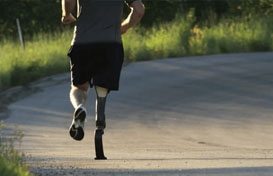Although the analogy to a food item might not seem immediately intuitive regarding medical error, it actually does make sense with just a brief bit of explanation.
A doctor who has long been concerned with the lingering — and, demonstrably, outsized — problem of medical misdiagnosis says that it is an element of medical error that is particularly hard to get a handle on and deal with, especially when compared to other types of medical mistakes.
Like medication errors, for instance, the source of which can often be discovered through a methodical look back at the chronology of what transpired during a patient’s visit and treatment.
“You can trace the steps and line up the holes in the Swiss cheese,” the doctor says. And in doing so, you can detect where error occurred.
Arguably, that is not as easily done where diagnostic error — a missed, delayed or flatly wrong diagnosis — is concerned. As noted in an article on that subject, cognitive-related factors are often at the heart of misdiagnosis, and they can be hard to detect.
Put another way: Diagnostic mistakes often owe to physicians’ doubts, biases, assumptions and predilections to think a certain way.
The aforementioned article mentions a number of cognitive causes that can fuel misdiagnosis. Anchoring, for example, is “locking in on diagnoses based on initial symptoms” without engaging in further analysis. Diagnosis momentum can result in wrong conclusions based on what other doctors have erroneously concluded.
An Institute of Medicine report on misdiagnosis is scheduled to be released next month. As the above article notes, many medical industry commentators believe that the IOM’s analysis and findings “will finally give the problem its due.”











